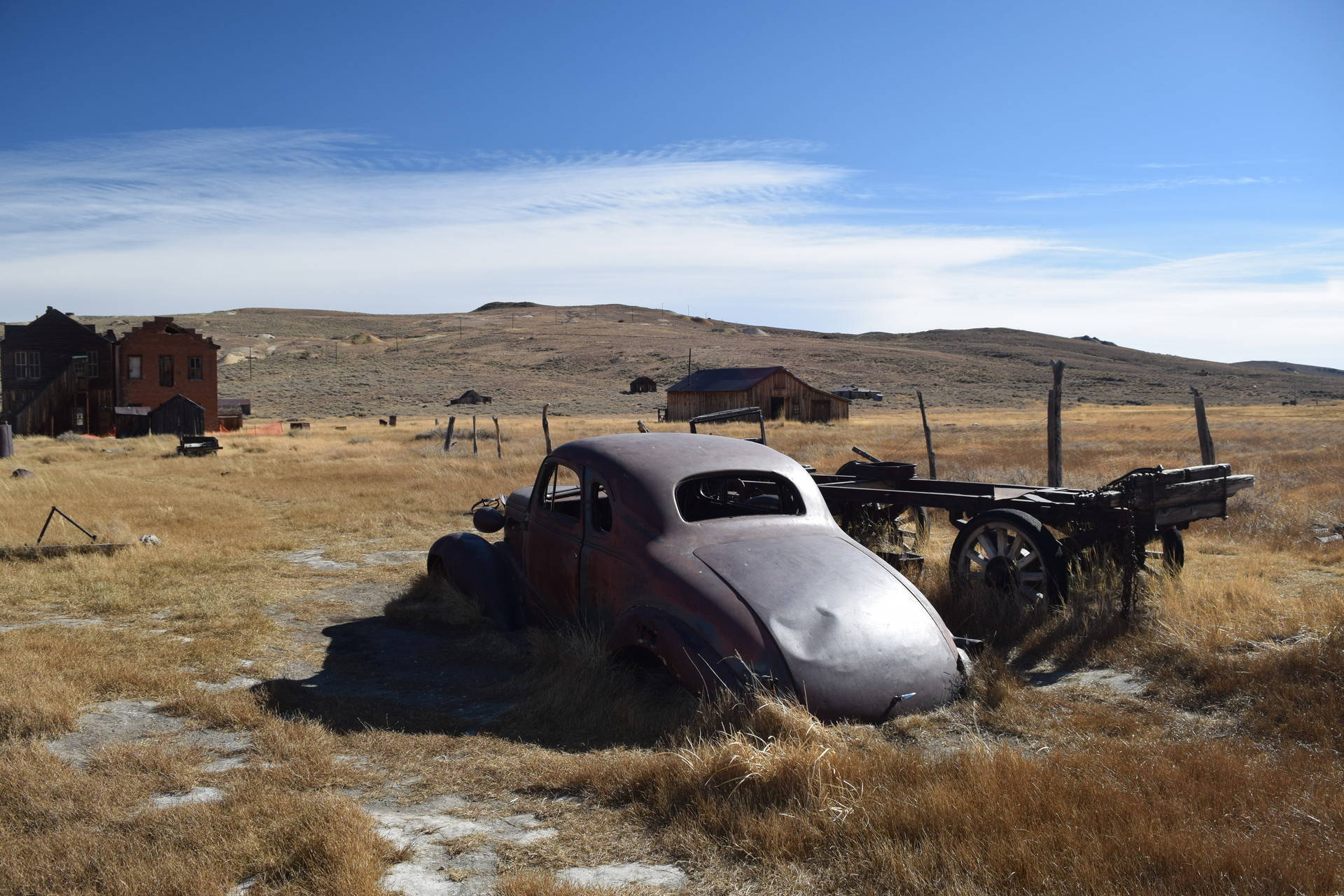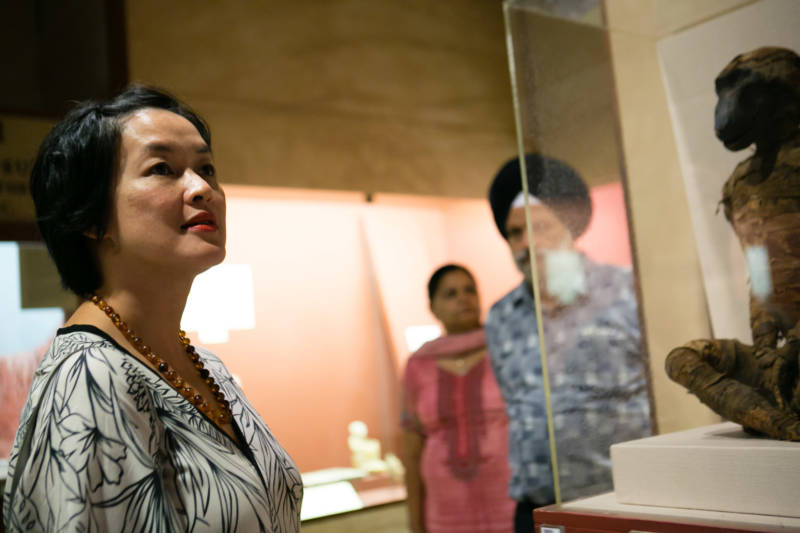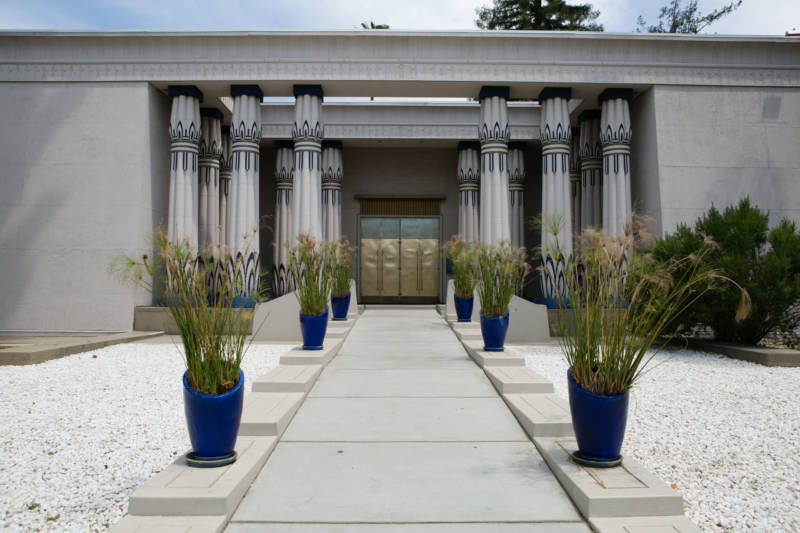Looking for things to do in the Bay Area (and beyond) this weekend?
We’ve mined the Bay Curious podcast archives to bring you four unexpected ideas for places to visit, from secret hidden spots to mysterious landmarks. Forward this to the friend you want to go adventuring with ...
Find a Hidden Cemetery in Point Reyes
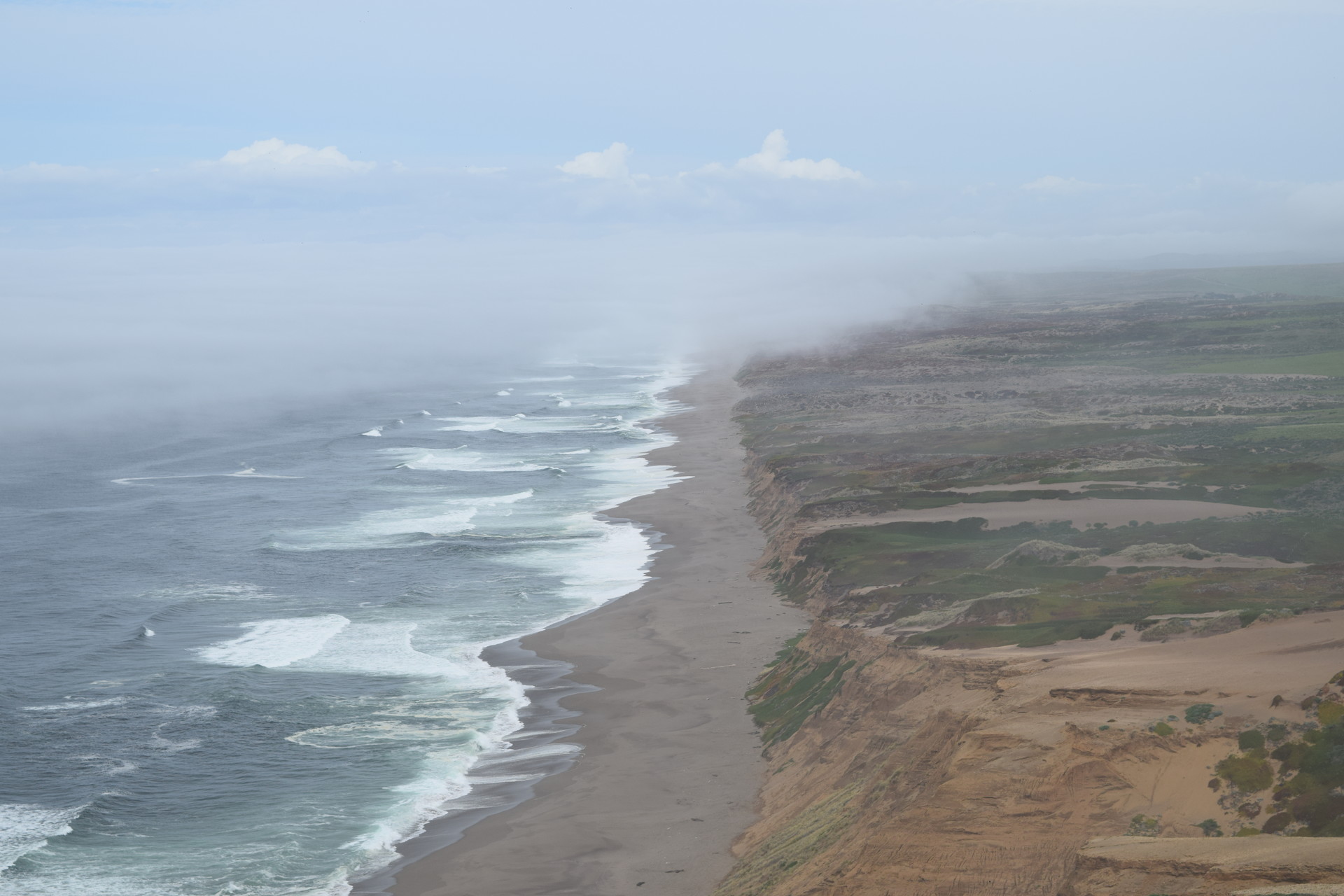
Point Reyes National Seashore, 50 miles north of San Francisco, is justly famous for its windswept, rugged beauty and sweeping ocean views. Thousands of visitors are drawn here every year to hike these scenic trails and see incredible wildlife, including the tule elk that roam seasonally. That means these hills and beaches can become a little crowded during the warmer months — so take a cue from this 2018 Bay Curious episode and get off the beaten path.
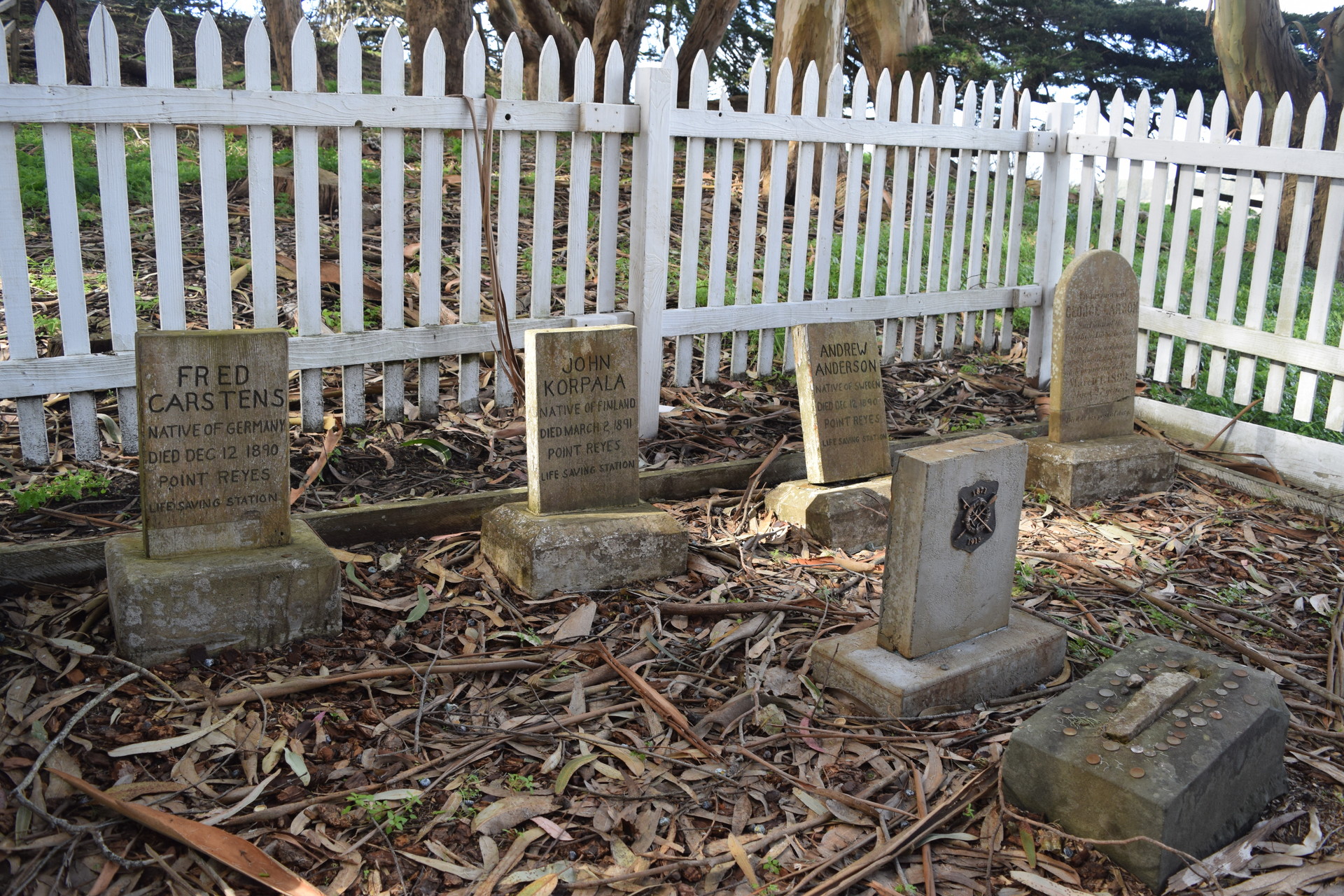
The tiny Historic Life-Saving Station Cemetery is one of Point Reyes’ true hidden gems: A collection of simple headstones, concealed within a knoll of cypress and eucalyptus trees on the road to the Point Reyes Lighthouse. This graveyard is the resting place of four young immigrants from Sweden, Finland and Germany who died working as “surfmen” (what we’d now call members of the Coast Guard) in the treacherous waters off Point Reyes in the 1890s. If you climb the hill up from the cemetery, you can just see the exact stretch of coastline on which those surfmen spent their last months at Point Reyes’ very first Life-Saving Station: An area known as the Great Beach. Learn their full story here.
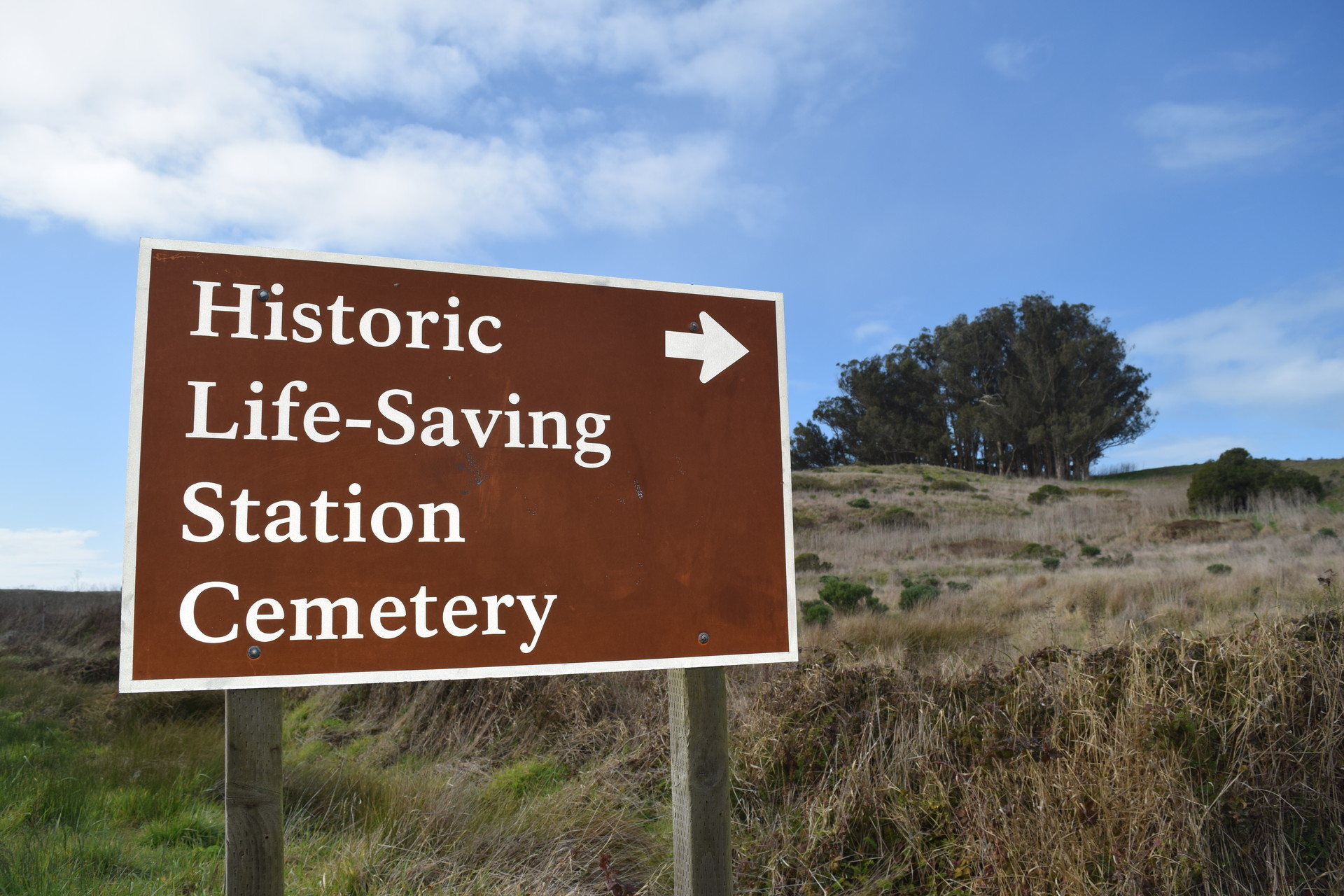
Team tip: Stop for snacks in the lovely town of Point Reyes Station, where you’ll even find a Cowgirl Creamery cheese outlet. Make sure to get gas, too — it’ll be your only opportunity for miles.
Hike the Mysterious East Bay Walls
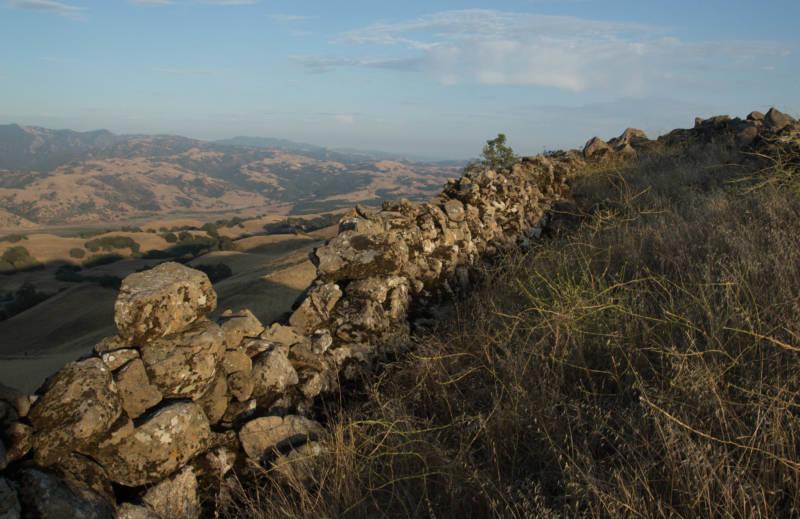
As the weather gets even nicer this month, strap on your hiking shoes and head to the East Bay hills to see the enigmatic structures that baffled Bay Area residents for more than a century: the “East Bay mystery walls.” These stone walls are scattered on ridges from near San Jose north through the Berkeley Hills, sometimes built in long straight lines, sometimes forming angles, and occasionally rectangular or circular constructions. The mystery of them: Who built them, when and why? The theories can get pretty wild, from voyagers from a lost continent to extraterrestrials.
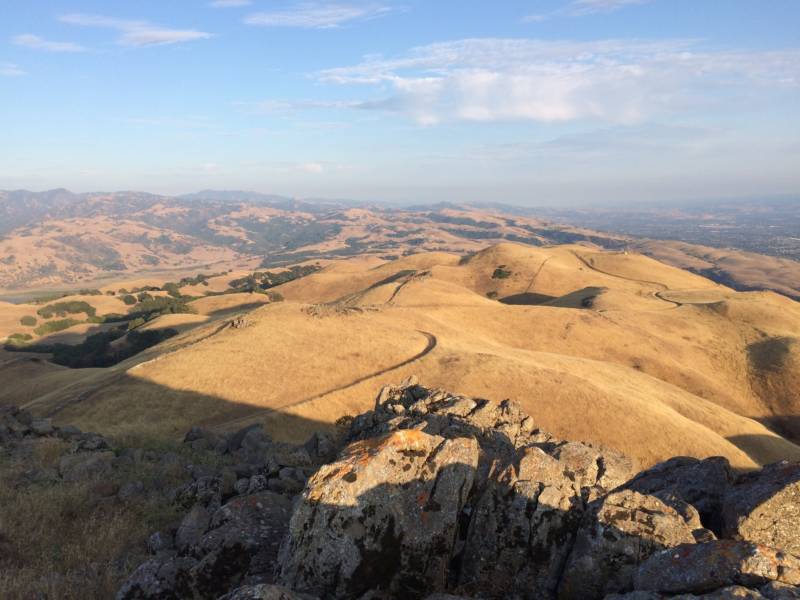
We’ve been getting “what’s with the mystery walls?” questions since the early days of Bay Curious, so we delved in deep with this 2018 episode that explores the various theories surrounding them (we won’t spoil what we found.) If you’d like to trace the walls themselves as you listen, our reporter Dan Brekke recommends his favorite way to see them: Hiking Monument Peak in Ed Levin County Park, on the outskirts of Milpitas. This fairly long walk of around 3.5 miles offers an elevation gain of roughly 2,200 feet elevation via the Tularcitos, Agua Caliente and Monument Peak trails — so bring water! And of course, respect the walls themselves.
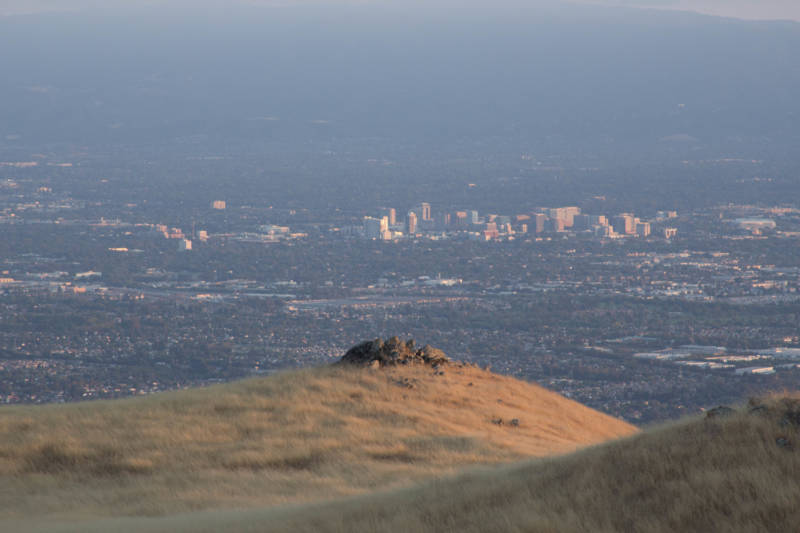
Team tip: Ed Levin County Park is home to the Wings of Rogallo hang gliding club, so don’t forget to look above you and watch hang gliders and paragliders soaring in the skies.
Take a Road Trip to a Sierra Ghost Town
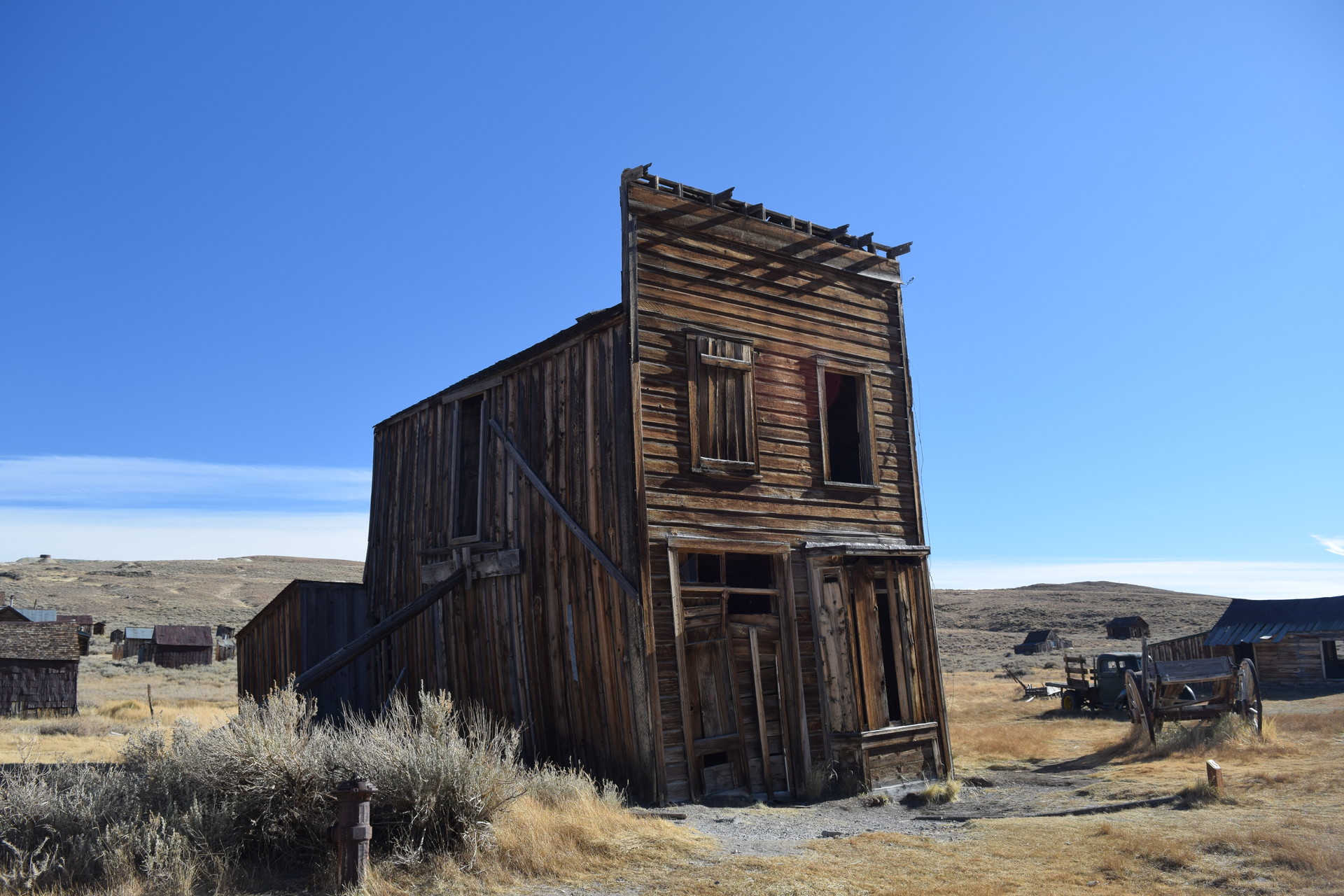
Want a real getaway? Drive over the Sierra, and you’ll find the eerie Gold Rush ghost town of Bodie hidden in the hills just north of Mono Lake. Established in 1859, and now a California State Park, this otherworldly place was once an archetypal Gold Rush boomtown, home to almost 10,000 people. The National Park Service maintains Bodie in what it calls “arrested decay,” and many of its homes and stores have astonishingly well-preserved interiors for you to peek into.
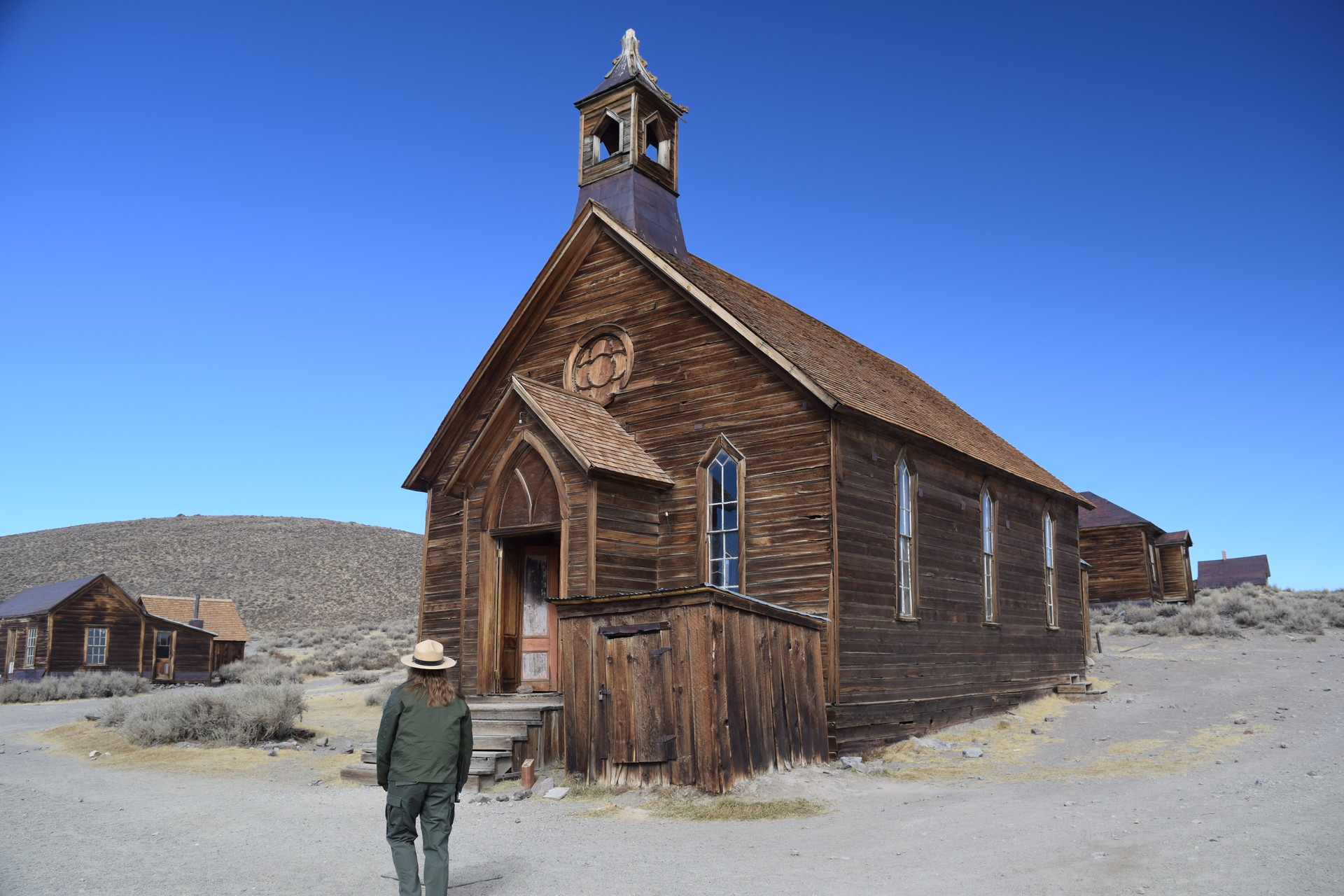
Superstitious folks might already know about the so-called curse of Bodie: a legend that anyone who dares to remove anything from the town will be swiftly struck by terrible misfortune. The truth about this curse, as explored in this 2018 Bay Curious episode, is even stranger than fiction. It turns out the Park Service itself invented the myth to deter light-fingered souvenir hunters … but soon found it had created an entirely new problem — frightened people mailing things back. Listen to the episode on the long drive over, and steel yourself to enter Bodie’s silent streets.
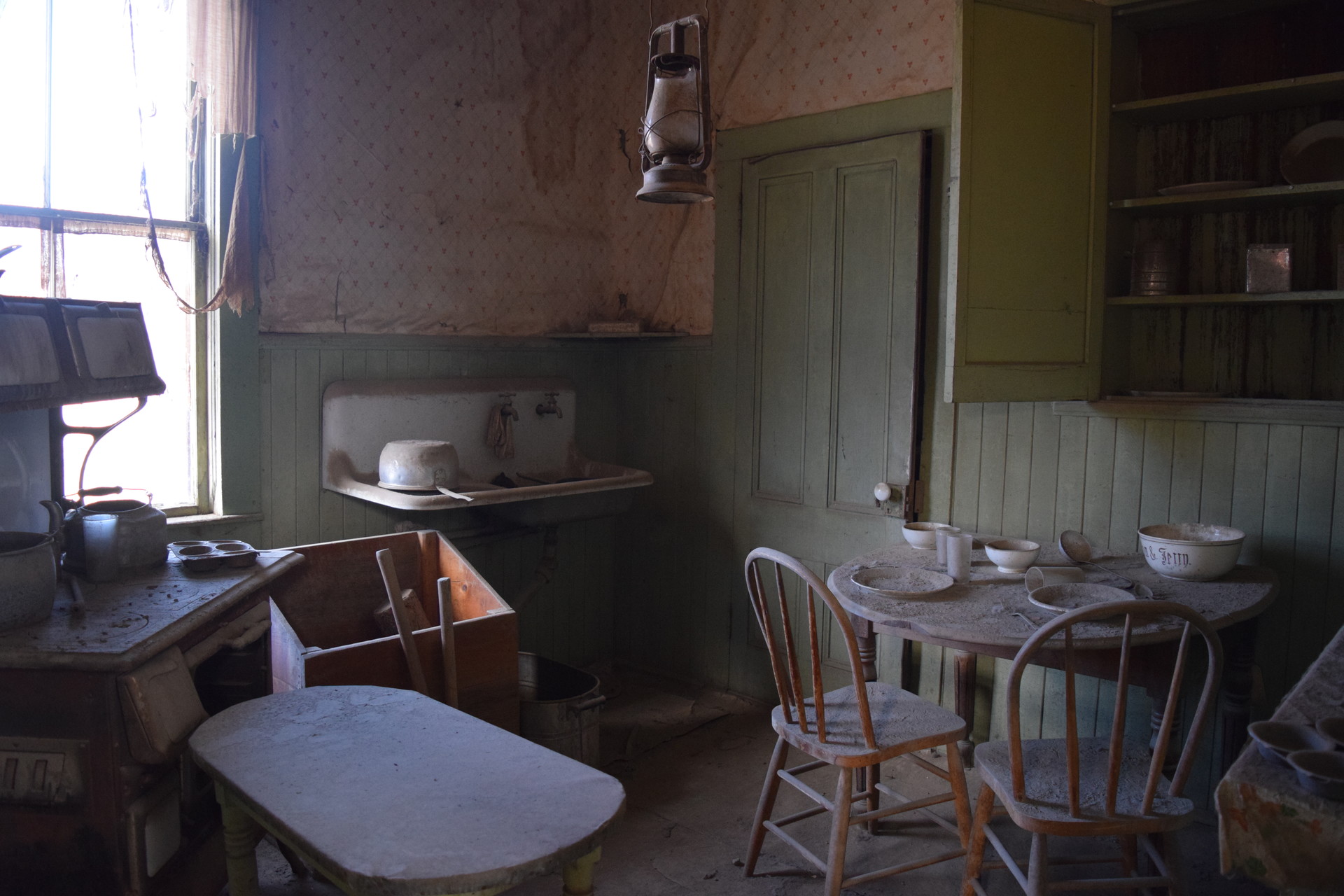
Team Tip: Stay in the nearby town of Bridgeport, where the Bodie Hotel on Main Street was reportedly built with materials from the ghost town itself.
Get Up Close With Ancient Mummies
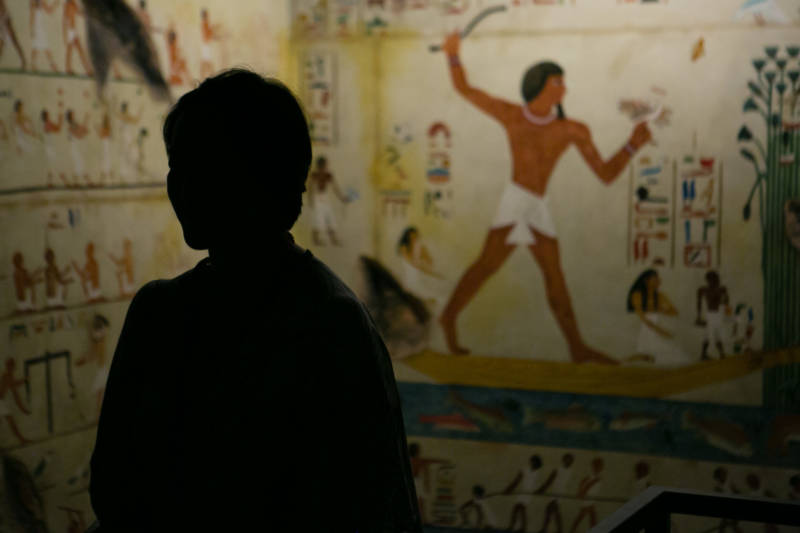
Even if you’re a certified museum-lover, you still might not know that the largest collection of ancient Egyptian antiquities on public display anywhere west of the Mississippi is right here on your doorstep.
